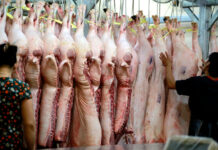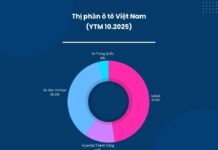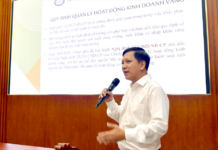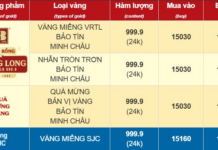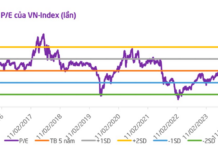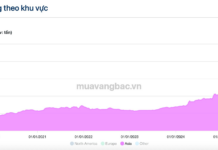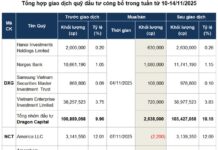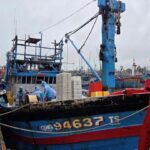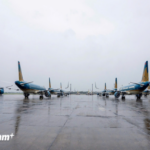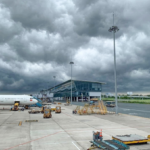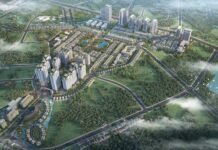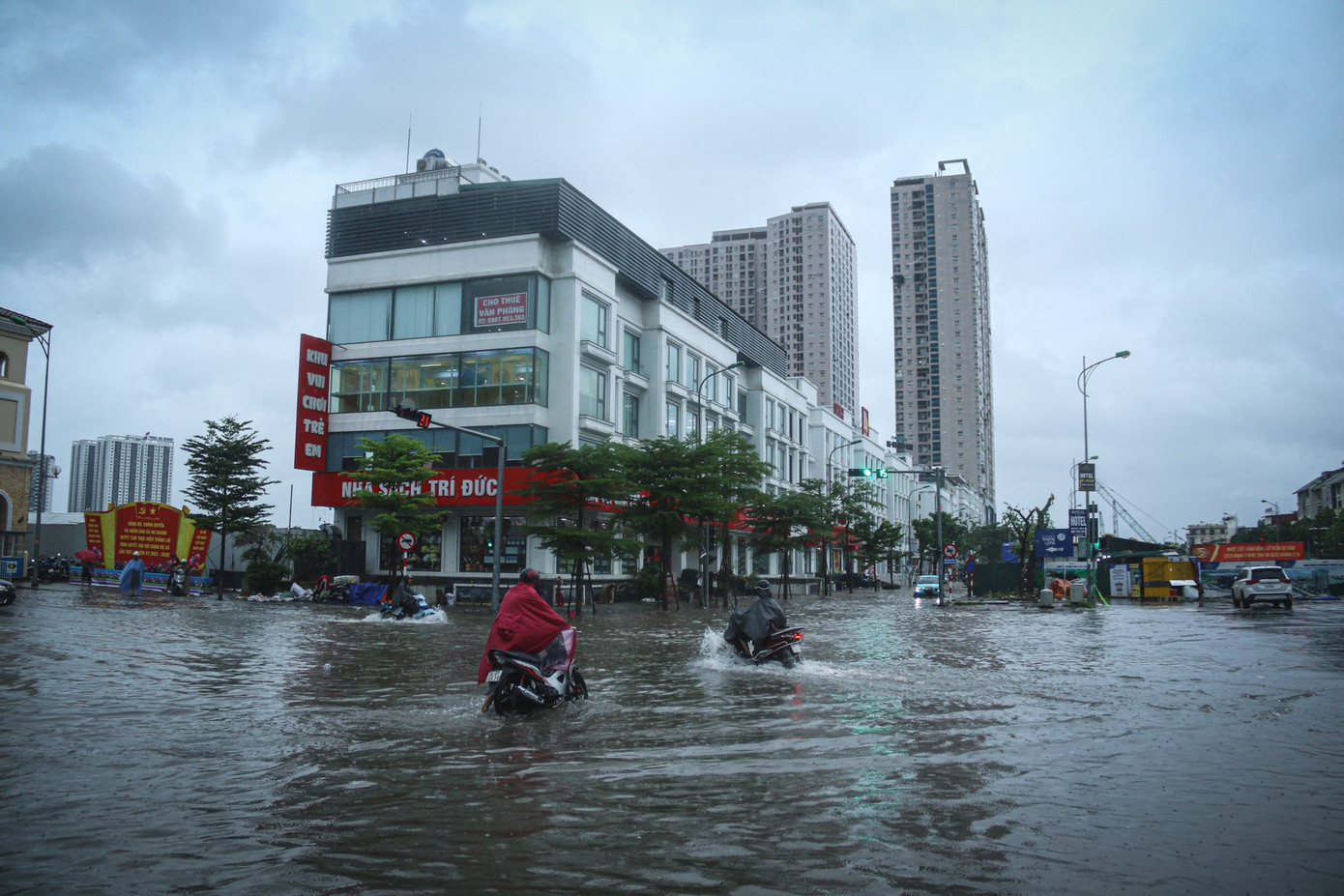
Heavy rainfall from Typhoon No. 10 caused localized flooding in Nam An Khanh urban area, Hanoi, from the evening of September 28 to the afternoon of September 29.
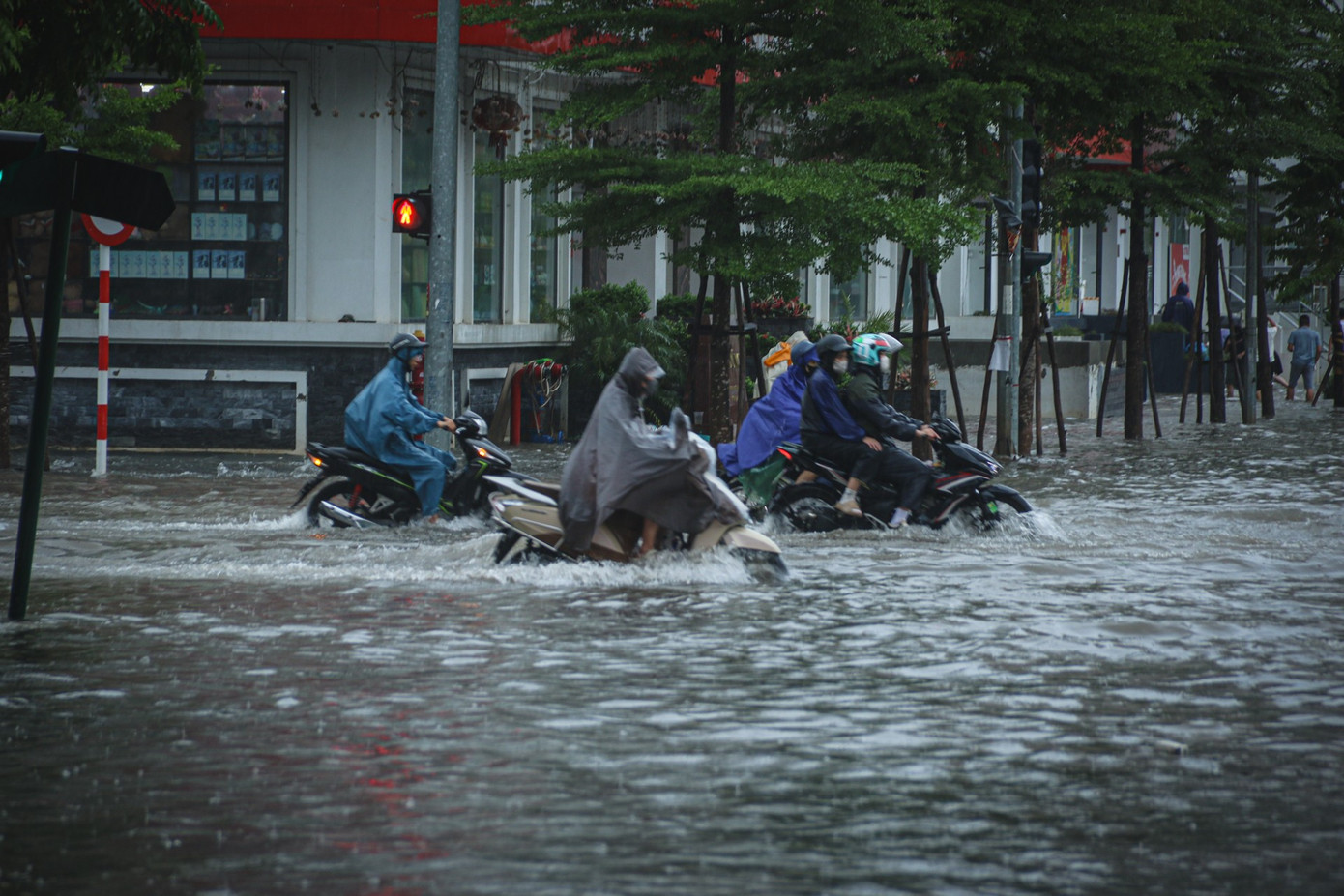
An Khanh urban area transformed into a “river” during the torrential rain on the afternoon of September 29.
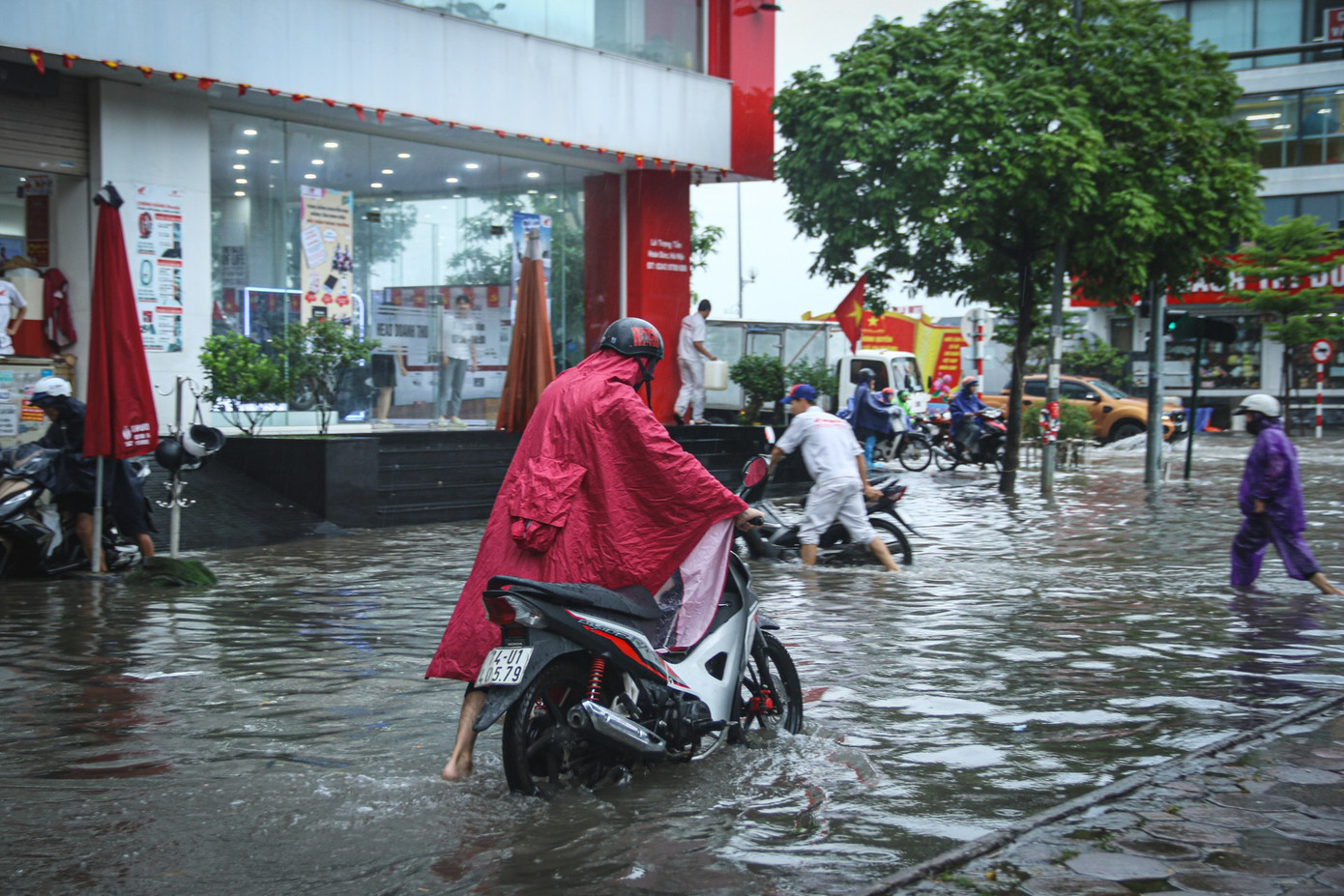
Numerous vehicles stalled due to the flooding.
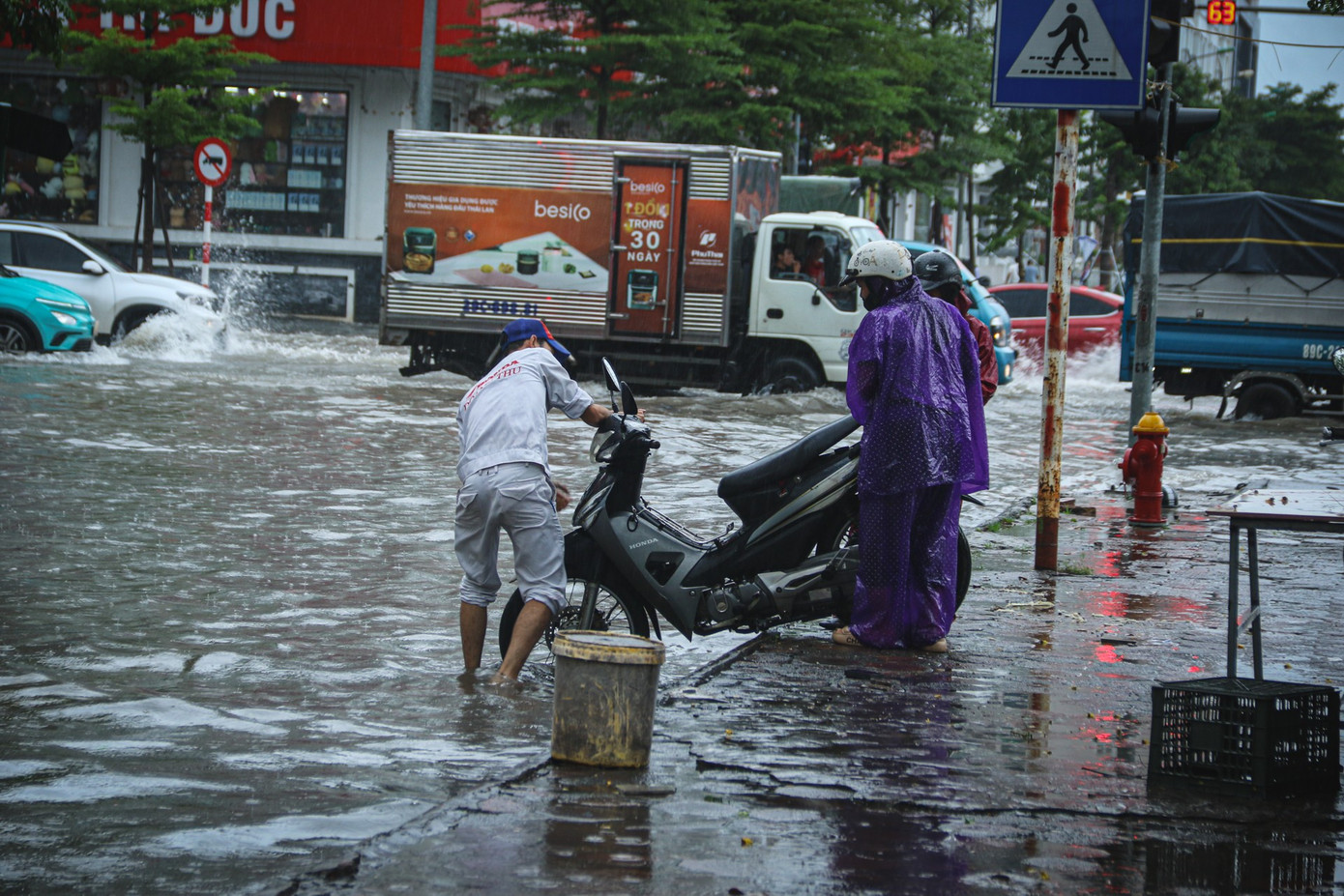
Some vehicles had to be carried or towed through the flooded areas. Many residents chose to abandon their vehicles to navigate the submerged zones.
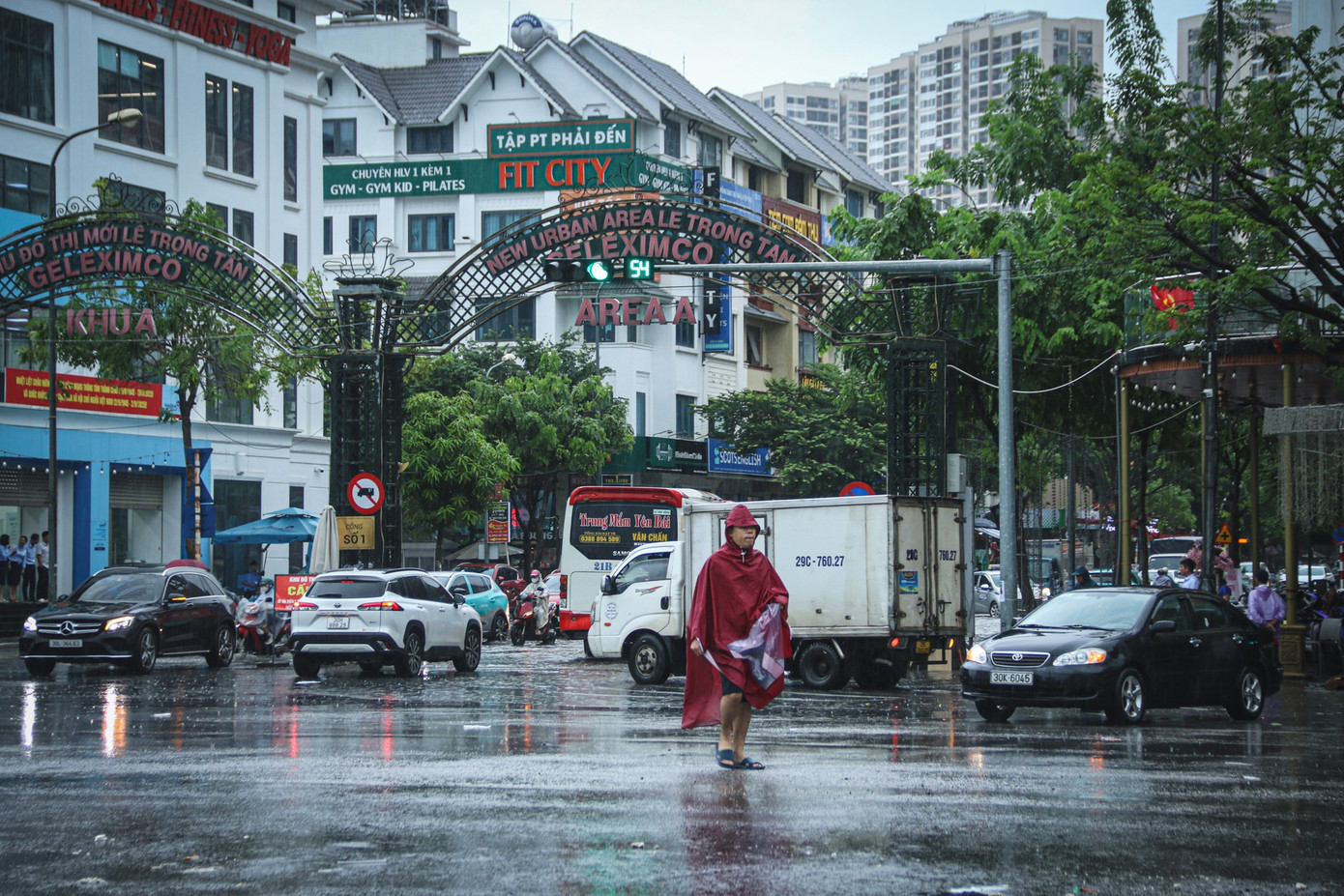
Outside Hoang Tung Street, several adjacent villas also experienced localized flooding. Despite flood prevention measures, many basements were submerged, requiring high-capacity pumps to remove the water.
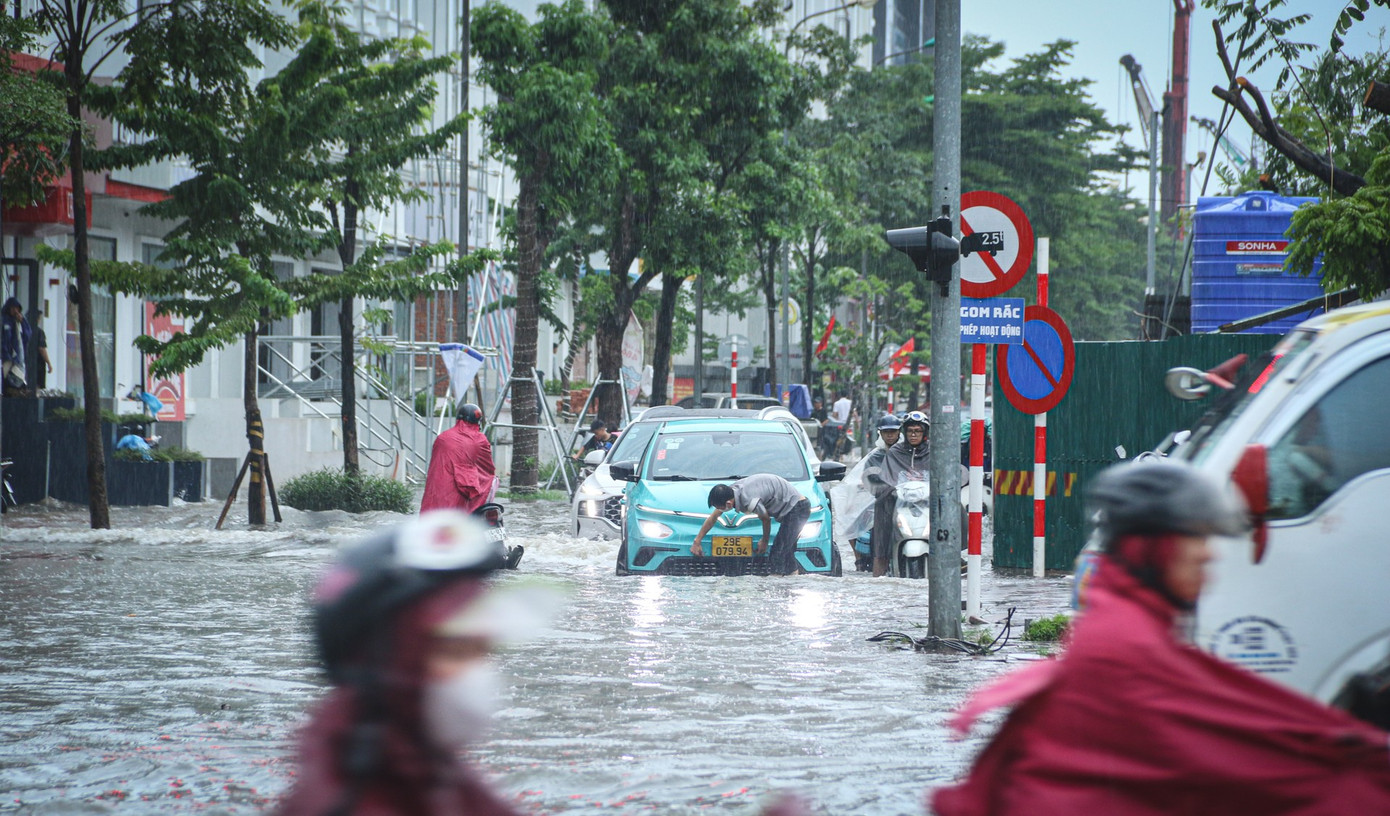
Vehicles stalled at the Hoang Tung intersection.
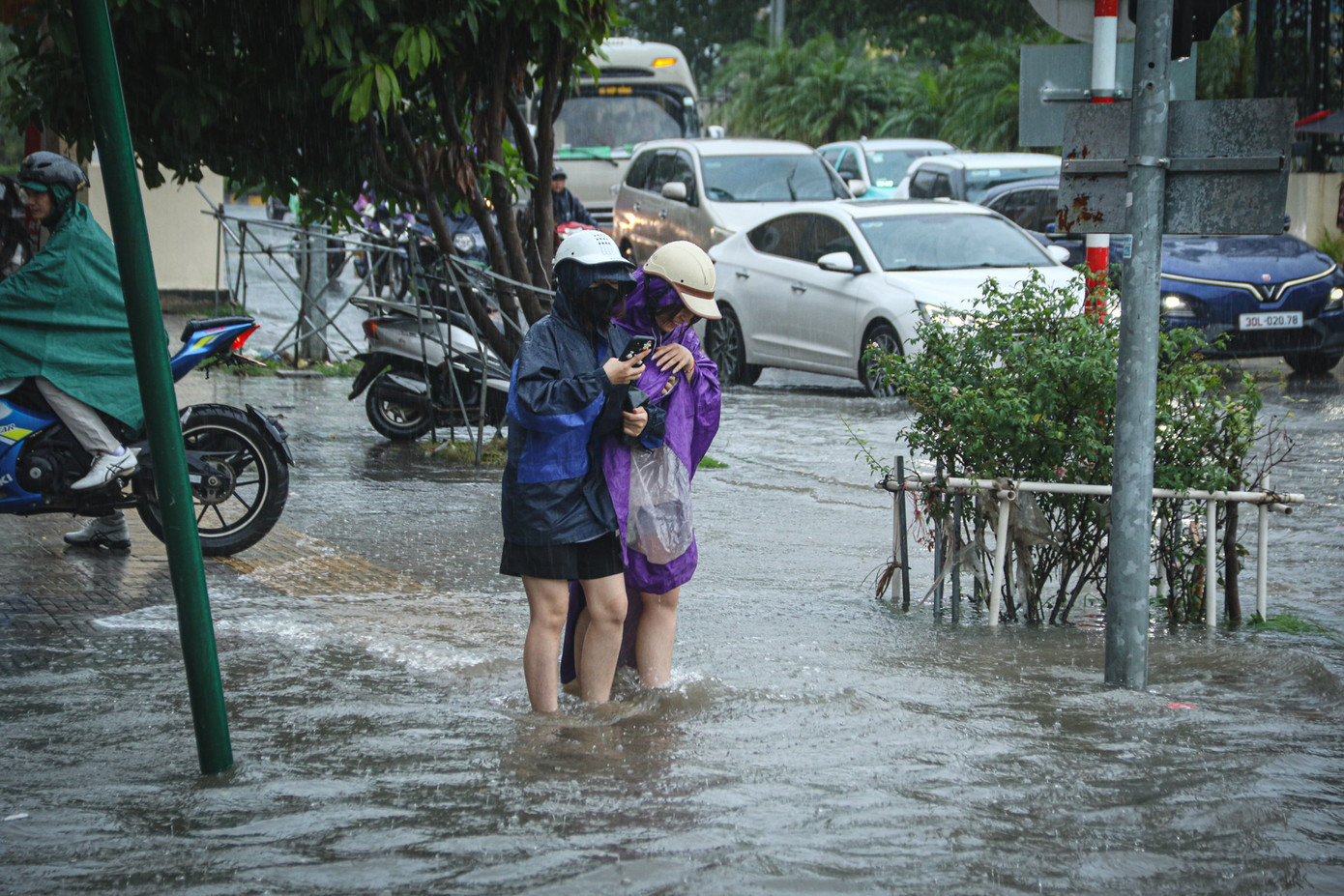
“This is the fifth time this year the villa area has been flooded. Each time, we have to rent pumps to remove water from the basement, which takes about a day to clean up—it’s exhausting,” said Ms. Lan.
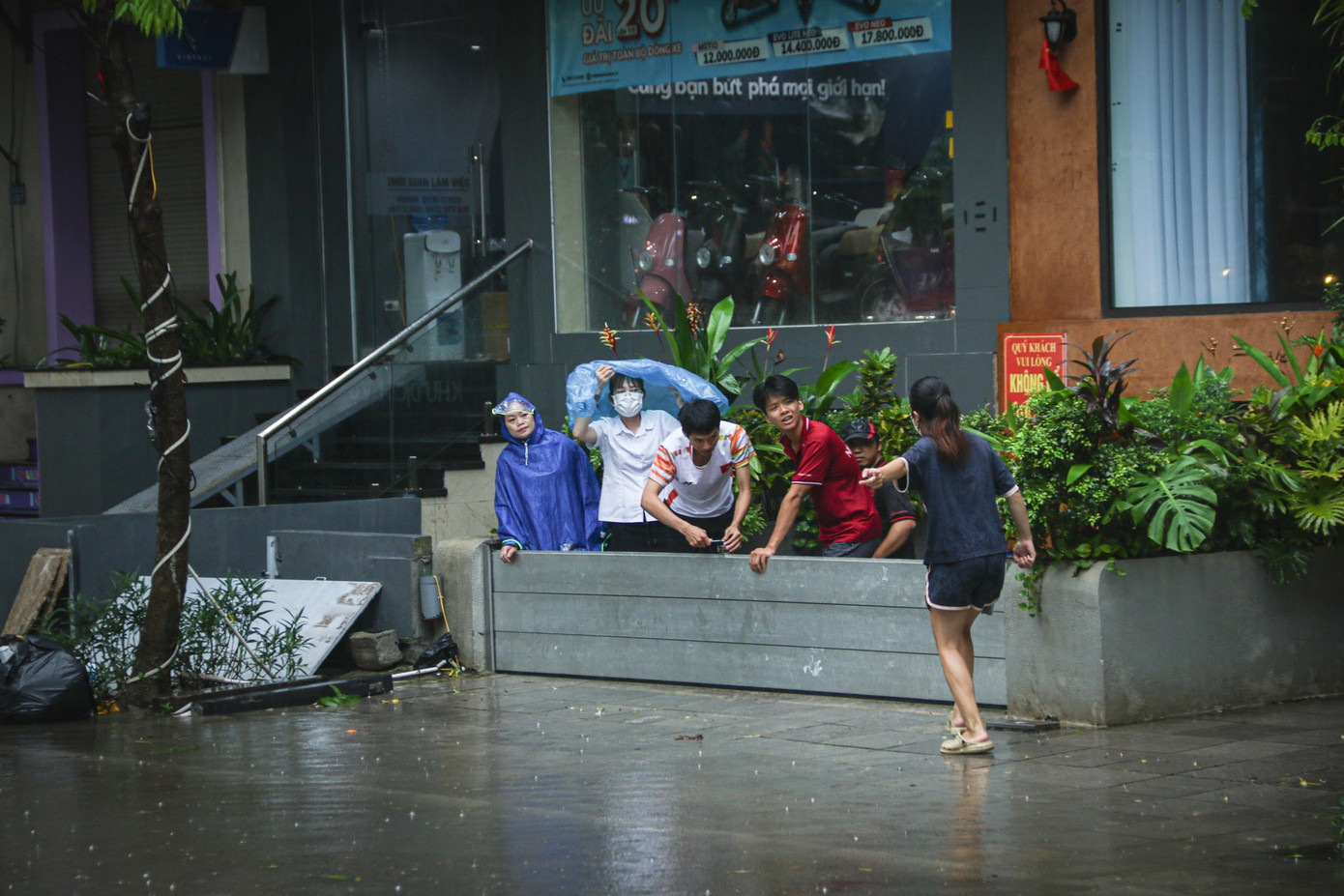
Residents erected sandbag barriers and walls in front of basement entrances. Some households installed pumps to remove water.
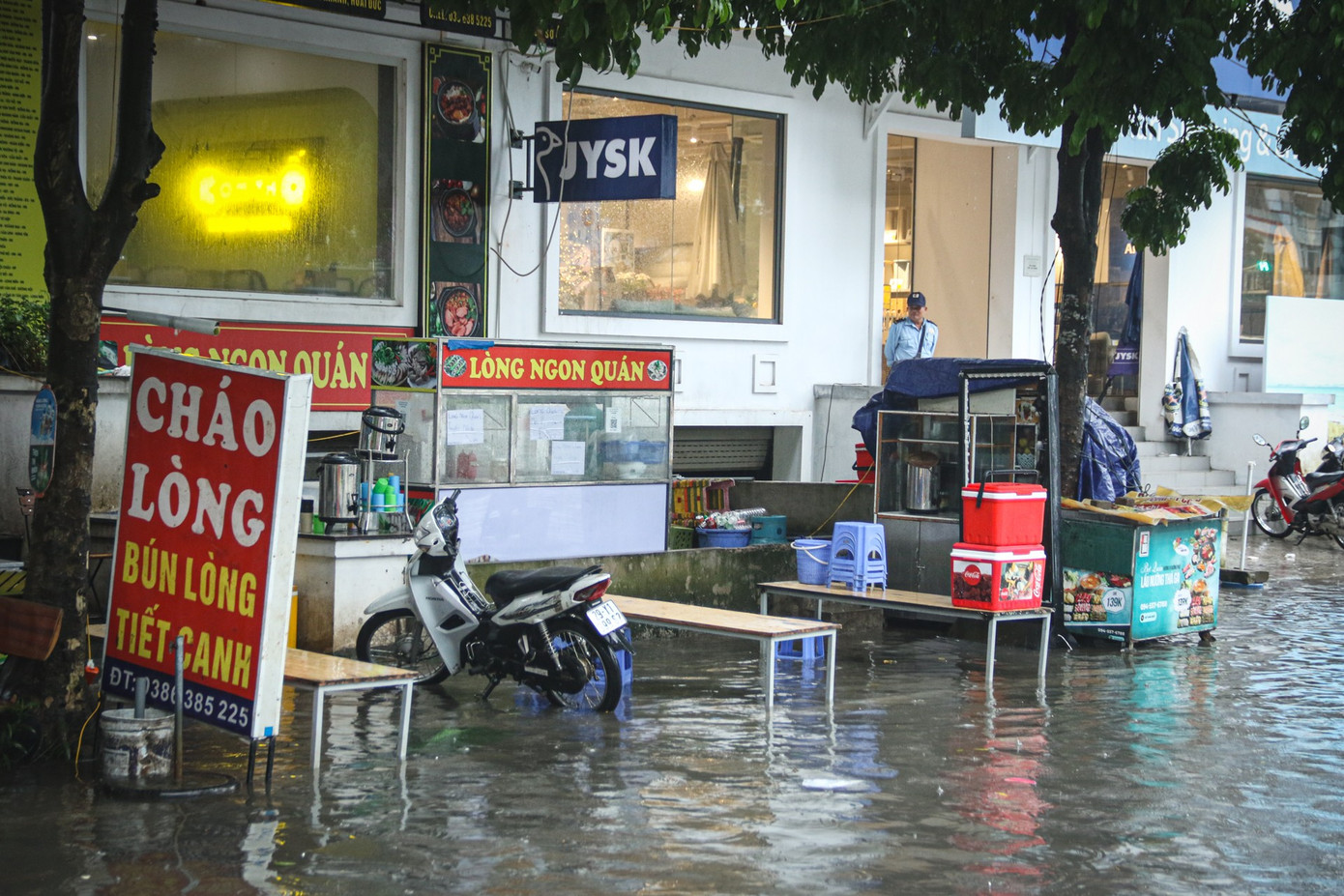
This area is considered a low-lying zone in western Hanoi’s real estate, with many areas becoming “islands” after heavy rainfall.
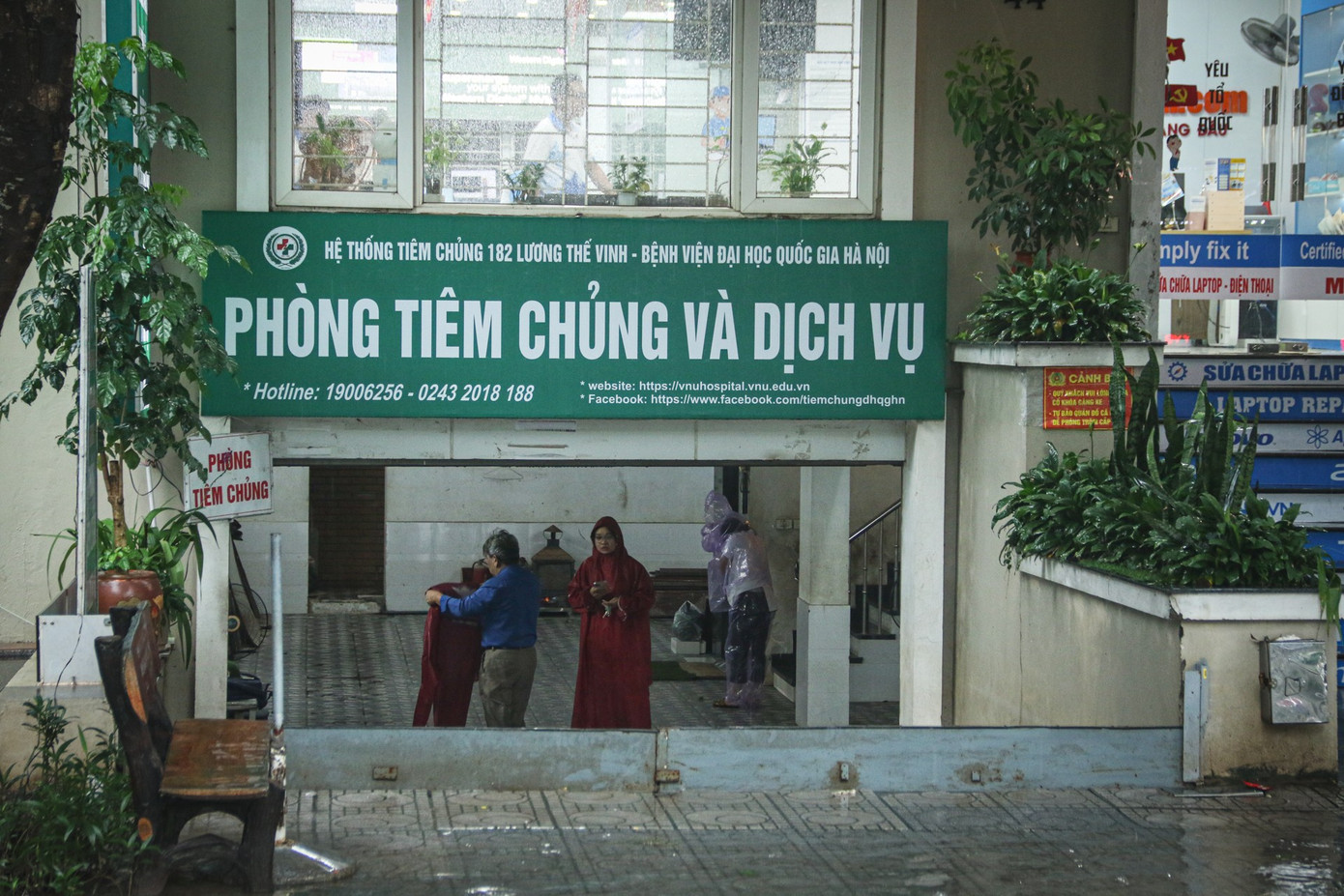
In response to persistent flooding in urban areas like Nam An Khanh and Van Quan, the Department of Construction has directed developers to collaborate with local authorities. They are to review and implement retention ponds and pumping stations to drain water from low-lying areas into the city’s drainage system. For Geleximco, Duong Noi, and An Hung urban areas along Thang Long Avenue, the department will add mobile pumping stations at Dong Tep canal to drain water into the Cau Nga River.
186 Flights Disrupted by Typhoon No. 10
According to the Ministry of Construction’s statistics from 6 a.m. to 3 p.m. on September 28, a total of 186 flights were affected by Typhoon No. 10. Fortunately, no casualties or damage to aviation infrastructure have been reported.

